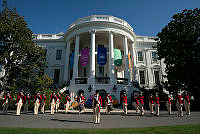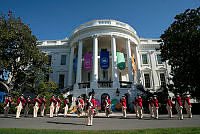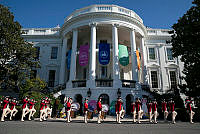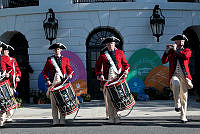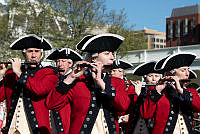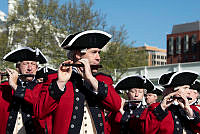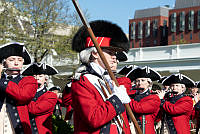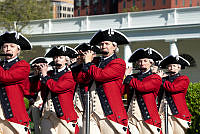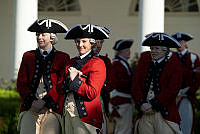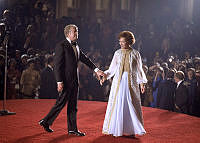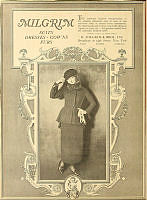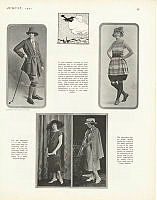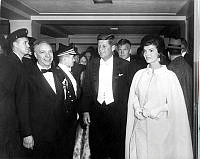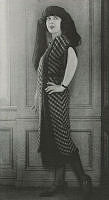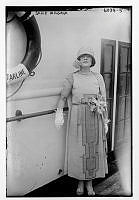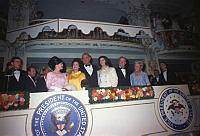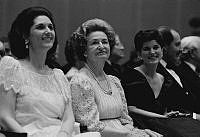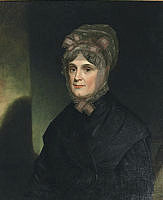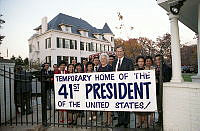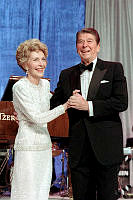Presidential Inaugurations: Celebrate New Times
Gallery
-

More than 20,000 well-wishers came to the White House to meet President Andrew Jackson after the 1829 inaugural ceremony.
White House Collection -

President Lyndon B. Johnson’s 1965 Inaugural Parade lasted over two hours and included 15,000 participants.
Lyndon B. Johnson Presidential Library and Museum/NARA -

President Ronald Reagan and First Lady Nancy Reagan travel the Inaugural Parade route in 1981.
Ronald Reagan Presidential Library and Museum/NARA -

President George H.W. Bush revived the custom of hosting a public reception after the 1989 inauguration.
George H.W. Bush Presidential Library and Museum/NARA -

On January 21, 1993, the Clintons hosted receptions for the general public and another for residents of Arkansas the day after the inauguration.
The White House
Thomas Jefferson’s 1801 inaugural, the first held in the city of Washington, bore little resemblance to modern extravaganzas. Avoiding monarchical touches, Jefferson, after walking to the Capitol for his swearing-in, read his address, and returned to his boarding house. As time passed, simple civilian and militia escorts eventually evolved into fancy inaugural parades.
Grover Cleveland’s 1885 inaugural parade lasted three hours and showcased 25,000 marchers. Eighty years later, Lyndon Johnson’s parade included 52 select bands and was viewed by one million people.
During Andrew Jackson's 1829 public reception, 20,000 people created such a crush at the White House that Jackson had to escape through a window. Nevertheless, White House receptions continued until lengthy afternoon parades created scheduling problems. Reviving the idea in 1989, President George H.W. Bush invited the public to a "White House American Welcome" on the day after the inaugural.
The scope of inaugural balls has also broadened, reflecting a cross-section of the American population. By 1981, the Reagans attended eight balls, all broadcast via television to other regional inaugural parties. Today this national event invites Americans to celebrate a new president, the republic’s peaceful transfer of power, and the continuum of democracy.














